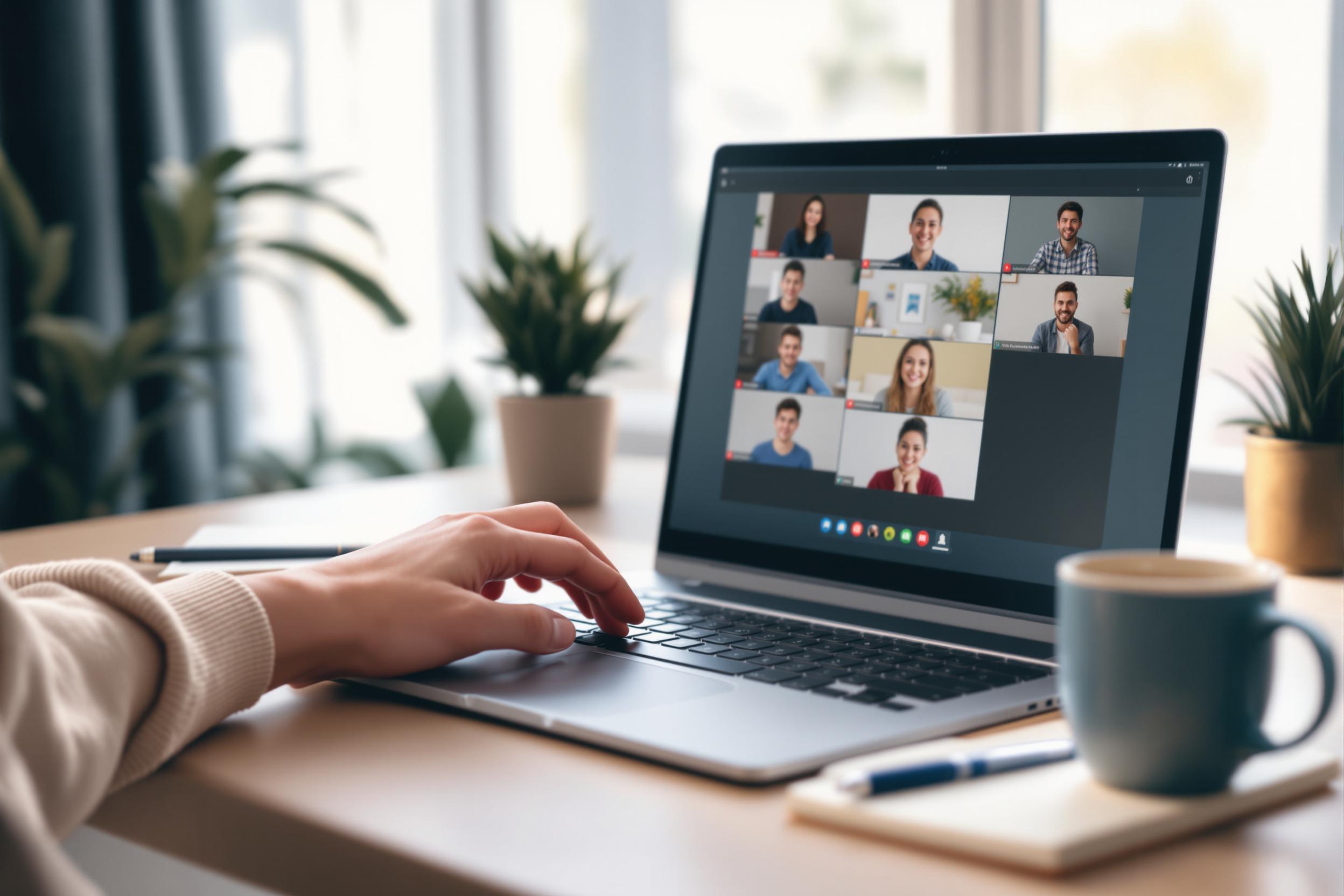
UV Fluorescence
UV Fluorescence is a method used in art examination where special ultraviolet light is shined on artwork to reveal hidden details that can't be seen with normal light. This technique helps art professionals identify restorations, detect forgeries, and assess the condition of artwork. Think of it like a special flashlight that makes certain materials glow differently, helping experts see changes or repairs in paintings and other art objects. It's similar to how a blacklight makes some things glow in the dark, but used professionally for art investigation.
Examples in Resumes
Conducted detailed artwork examinations using UV Fluorescence and other analytical methods
Identified period-appropriate materials through UV Fluorescence Analysis
Applied UV Fluorescence techniques to authenticate Renaissance paintings
Used Ultraviolet Fluorescence to detect previous restorations in oil paintings
Typical job title: "Art Authenticators"
Also try searching for:
Where to Find Art Authenticators
Professional Organizations
Job Boards
Example Interview Questions
Senior Level Questions
Q: How would you plan and execute a complete artwork authentication process using UV fluorescence?
Expected Answer: A senior specialist should explain how they would integrate UV fluorescence with other examination methods, discuss safety protocols, and describe how they interpret different fluorescence patterns in various materials. They should mention documentation procedures and report writing.
Q: What are the limitations of UV fluorescence analysis and how do you address them?
Expected Answer: Should discuss the need for multiple examination methods, explain how different materials can affect results, and describe when to recommend additional testing methods. Should emphasize the importance of experience in interpretation.
Mid Level Questions
Q: What safety procedures do you follow when using UV fluorescence equipment?
Expected Answer: Should describe proper protective equipment (UV-blocking eyewear, gloves), proper room setup, and handling procedures for both equipment and artwork. Should mention documentation requirements.
Q: How do you document UV fluorescence findings?
Expected Answer: Should explain photography methods, report writing procedures, and how to clearly communicate findings to clients and other professionals. Should mention maintaining examination records.
Junior Level Questions
Q: What does UV fluorescence reveal about artwork?
Expected Answer: Should explain basic principles of how UV light makes different materials glow, mention common things to look for like repairs or newer materials, and demonstrate understanding of basic documentation methods.
Q: What equipment is needed for UV fluorescence examination?
Expected Answer: Should identify basic equipment including UV lamps, safety gear, and documentation tools. Should show awareness of proper handling and basic maintenance procedures.
Experience Level Indicators
Junior (0-2 years)
- Basic UV light handling and safety procedures
- Documentation of findings
- Understanding of common fluorescence patterns
- Basic artwork handling
Mid (2-5 years)
- Independent examination procedures
- Detailed documentation and reporting
- Recognition of various material responses
- Client communication
Senior (5+ years)
- Complex analysis interpretation
- Training and supervision of others
- Integration with other examination methods
- Expert report writing and consultation
Red Flags to Watch For
- No formal training in art conservation or examination
- Lack of understanding about UV safety procedures
- Unable to explain basic examination documentation
- No knowledge of art materials and their properties
- Unfamiliarity with proper artwork handling procedures
Related Terms
Need more hiring wisdom? Check these out...

Virtual Reality in Certification Exams: How VR is Transforming Specialized Training

Unified HR Experience Platforms: Transforming the Way We Work

Unlocking Team Potential: Personality Mapping for Dynamic Management

